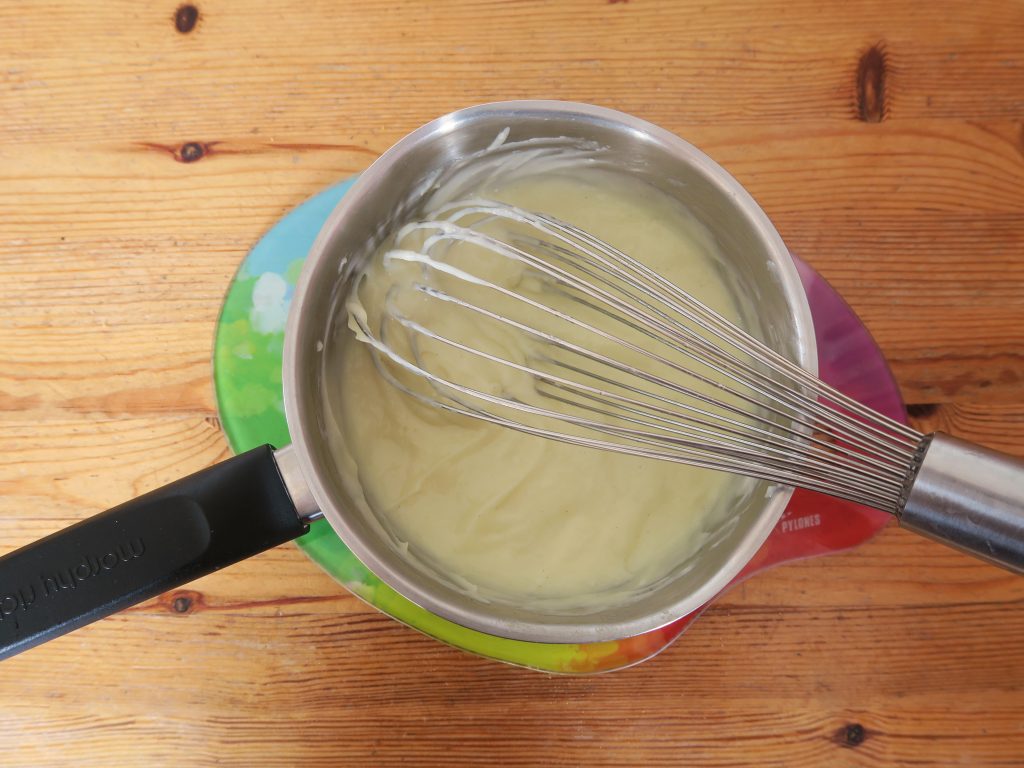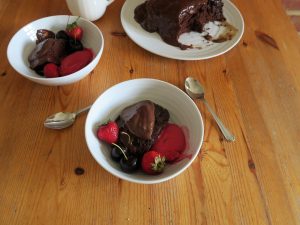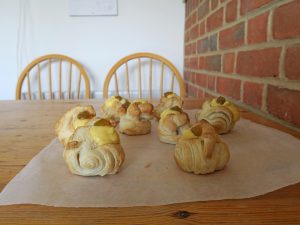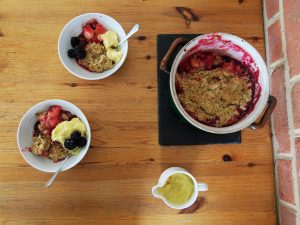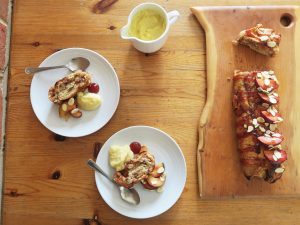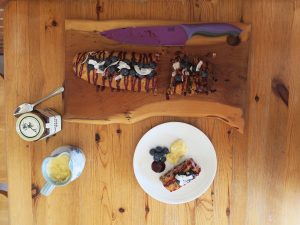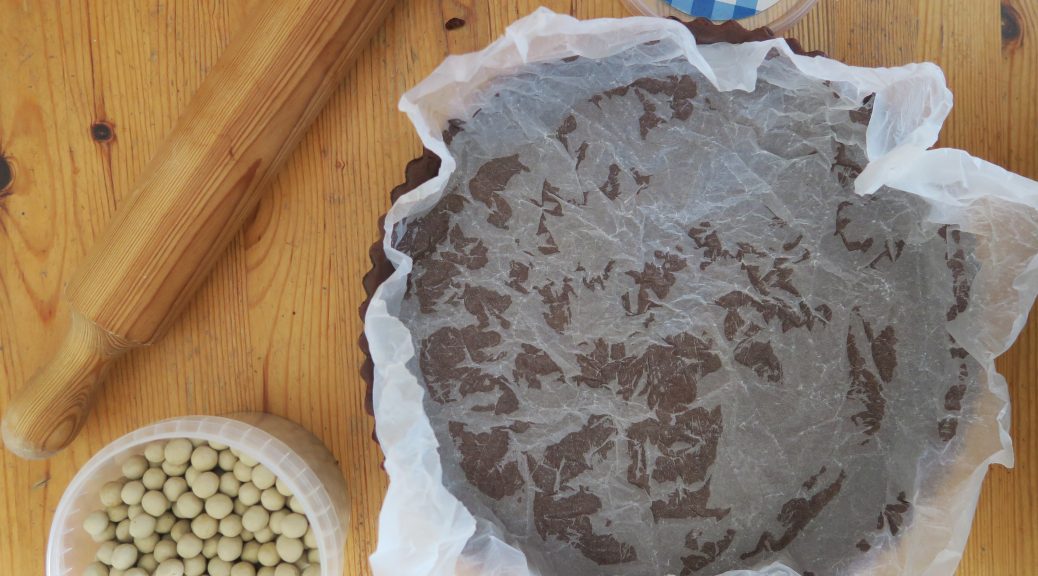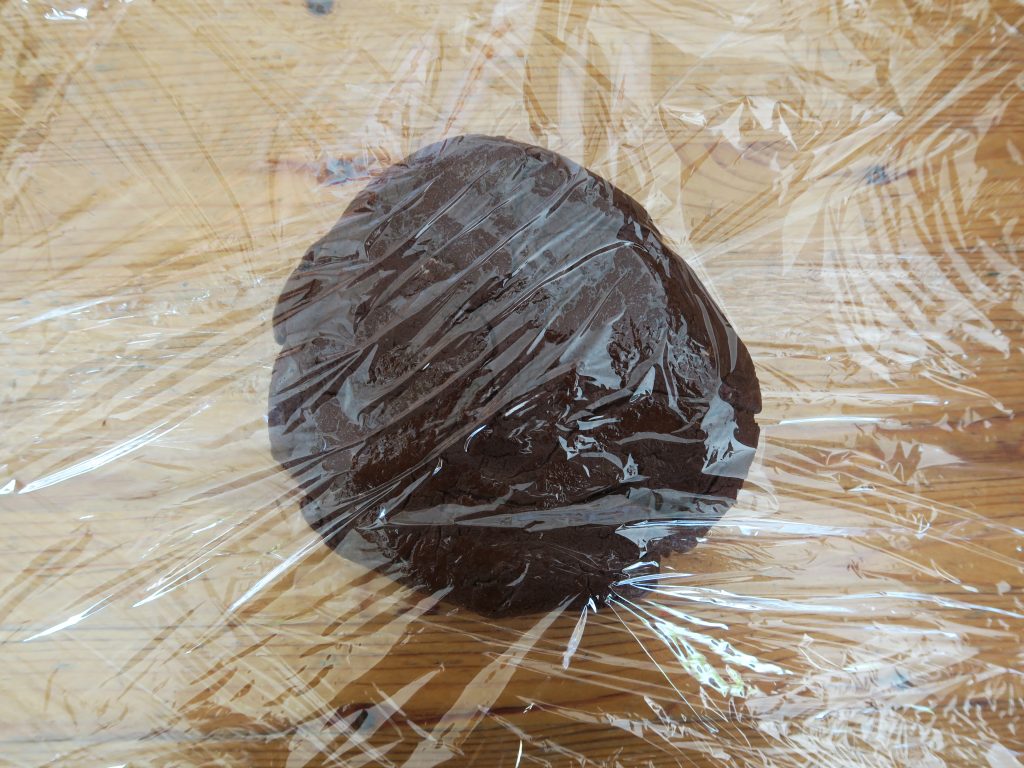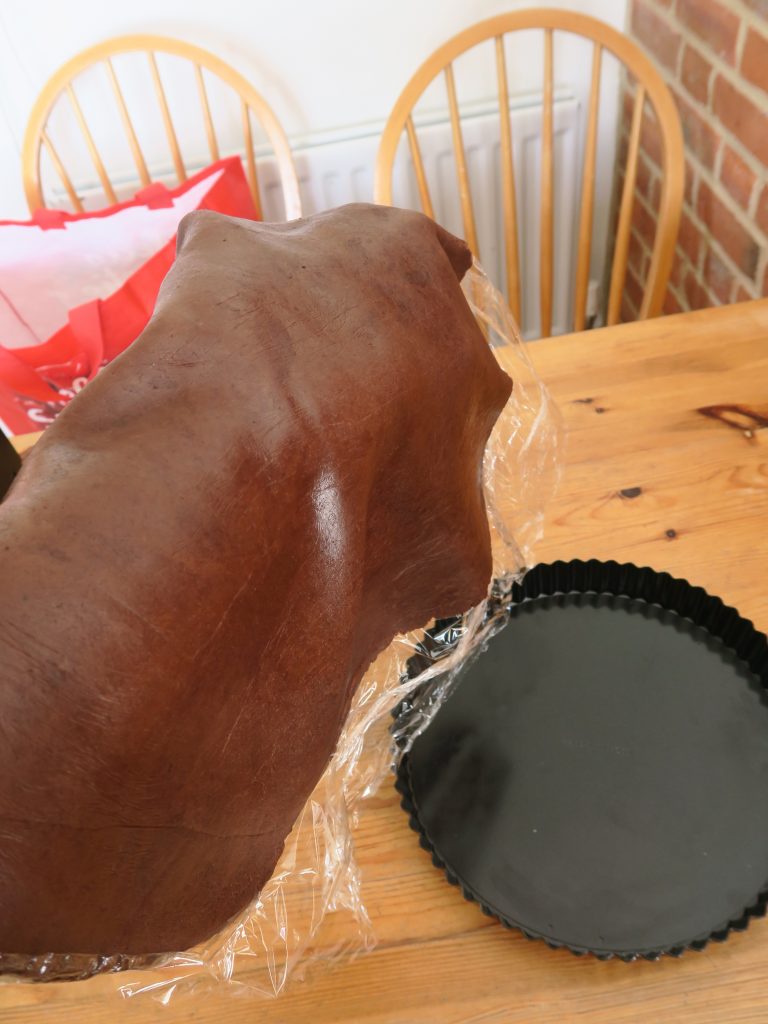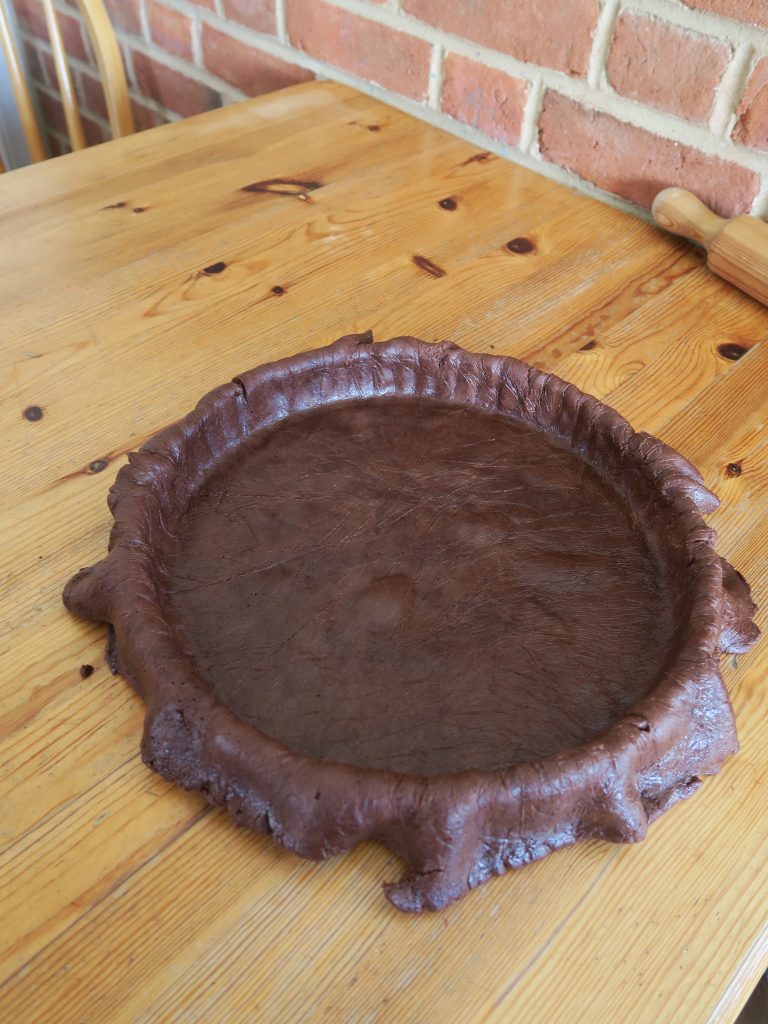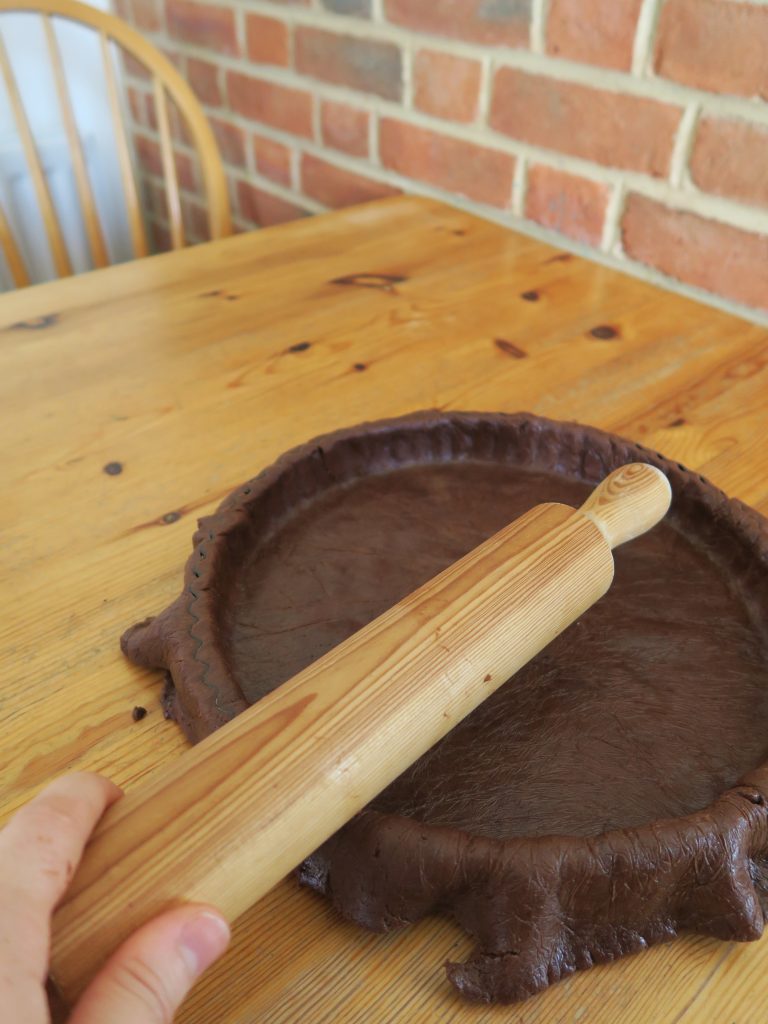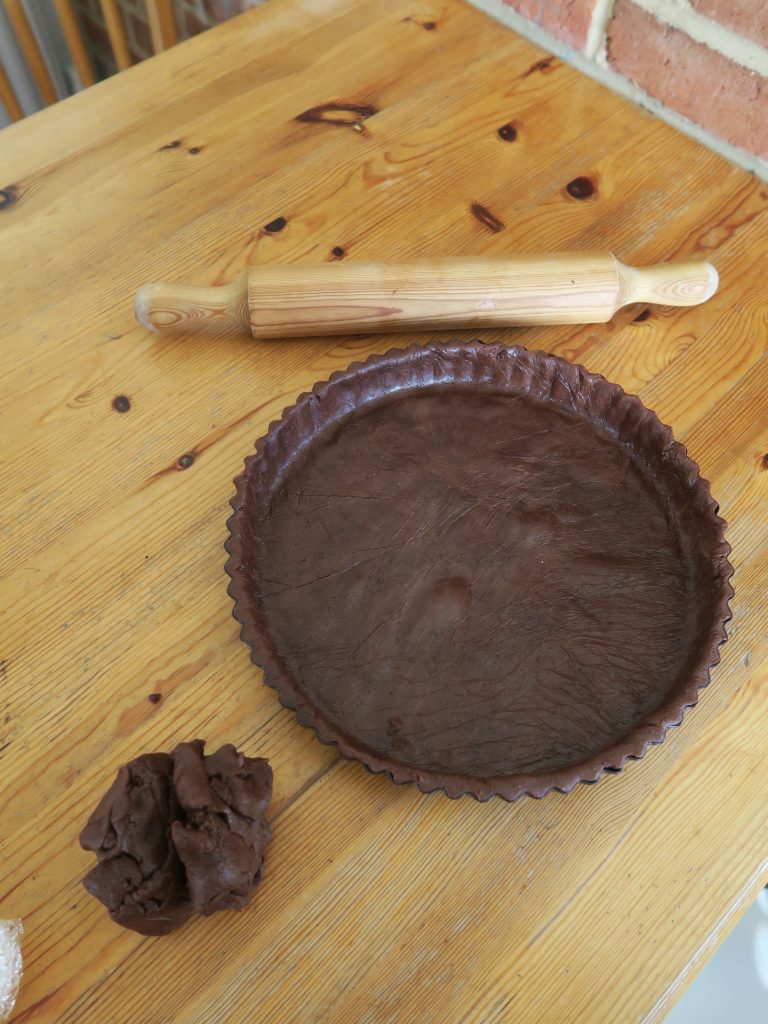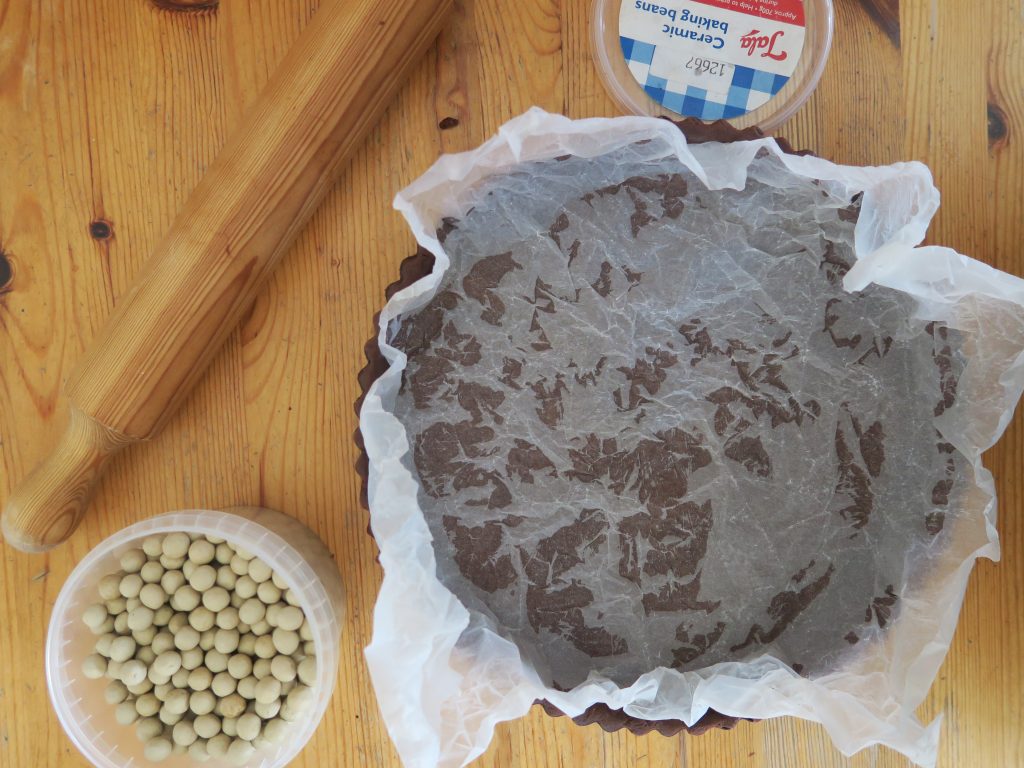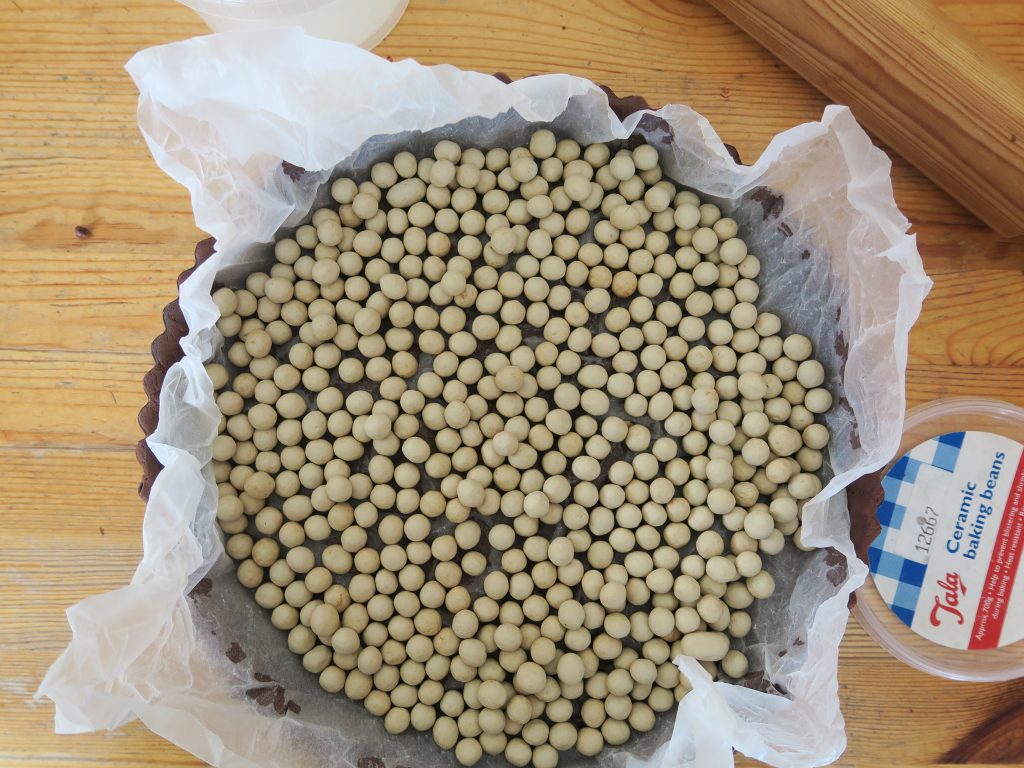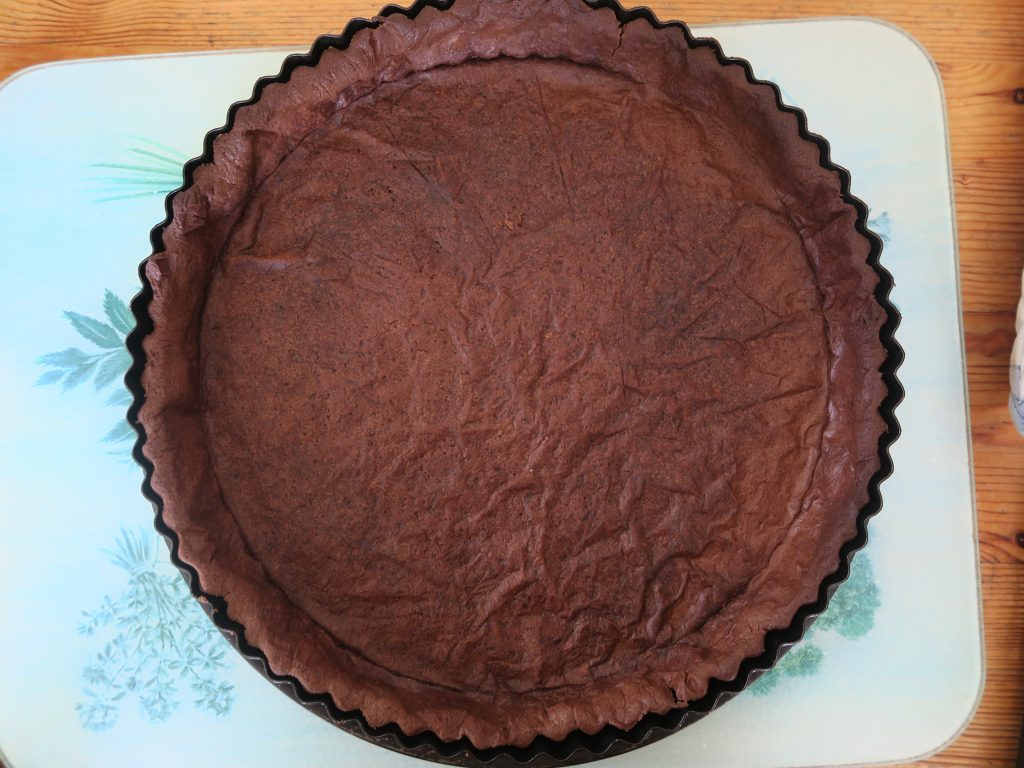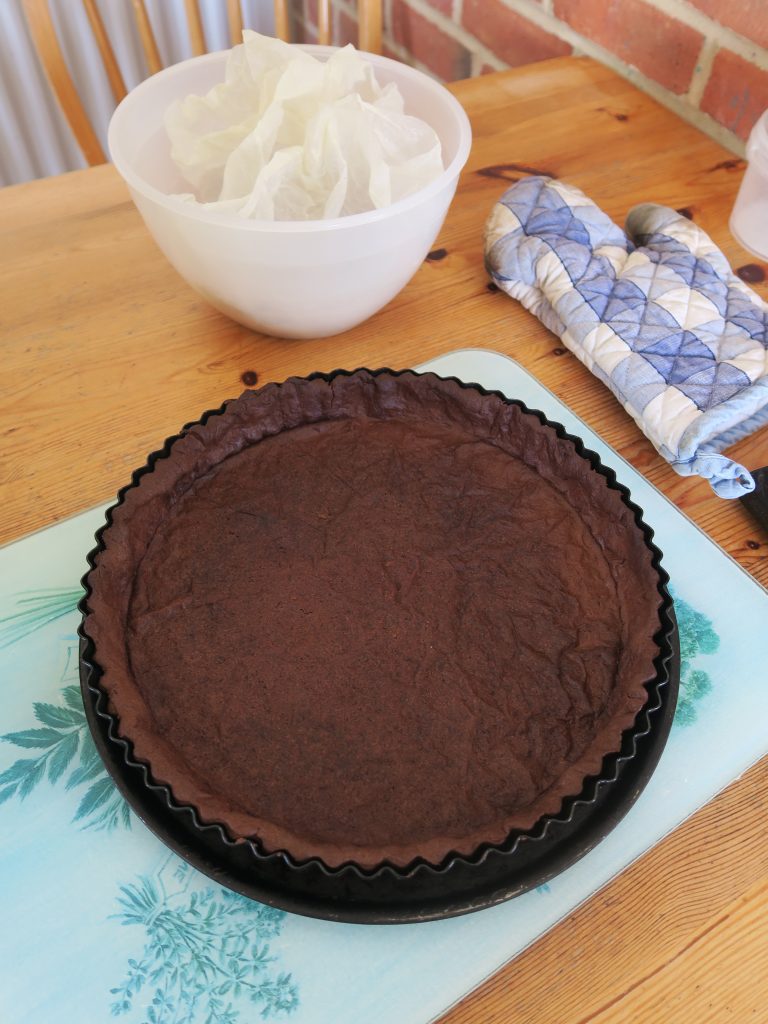
Today is national uni mental health day – this year themed ‘use your voice’, so I thought I’d use mine to talk about mental health and cooking at uni. Whoever you are, where ever you are, you have a voice and story, and the best way to start making changes is to start speaking. I’m not the best writer out there, I wouldn’t even really consider myself a ‘writer’, just a person with something to say to the wide ether in the hope someone might find it interesting and/or useful, which I think is enough in this case.

In complete honesty the reason why I’m doing a how-to and not a recipe this week is because we’re hitting the end of term and the only recipes I have left from when I was cooking over the holidays are really bad. I also wasn’t sure how to link a recipe to mental health at uni, and therefore I’ve decided that a post on cooking at uni would be more insightful and useful than a plate of damp looking veg! That said, over the process of writing this I’ve realised how much cooking has helped me during my time at uni, and so I want to share some tips and thoughts on it for this mental health day.

Uni is never easy. It’s hard work for a reason and whilst it has great perks and can be really fun there will always be hard times to go with it. You can never get away from the essays and the deadlines, the late nights and the early mornings – but hey that’s part of the charm right? What we can do is find ways to get through the tough points. Work out what really matters and use that to power on through.

For me this term has been a bumpy ride. I’ve had higher highs and lower lows than ever before, so I’m coming out the other side feeling a little shaken and wide eyed. My mental health is not as stable as I’d like, but I’m starting to find ways to work with it, to not let it stop me from making the most of some of the best years of my life. For me cooking (or I guess more generally food) has been a really good stabiliser for me. I know it’s not always easy to cook when at uni, whether it be because of cost, time or facilities, but here’s some top tips and hacks from me on how to tackle cooking and how to use it to make your time at uni a little sunnier.

Top 10 ways to make the most out of cooking at Uni…
No.1 – Essential Ingredients
With a limited budget there’s no way you can make long elaborate recipes at uni without breaking the bank and wasting ingredients in some shape or form. This term though I’ve managed to get by with just the following staple ingredients….
- 1 tub of butter (or dairy-free margarine) – maybe more if you spread it on toast every day, but one of these is perfect for general everyday baking.
- 1 Bag white sugar
- 1 Bag plain flour
- Paprika (a little pretentious I know, but it adds a great kick to anything and everything)
- 1 Pack of Rice/Pasta
- 2 Packs of Tomato sauce/passata
It’s worth noting that I’m catered in college Monday-Friday, so those of you living out might need more than that, but I’ve found that those let me make everything I want to make in a term. I just buy perishables like yoghurt, eggs, fruit and veg as and when I needed them and voila. Of course there’s so much more you can add to that, but just having those staples in your cupboard lets you make pretty much anything you could want. I also find having the staples there to be used makes it so much easier to find the motivation to get in the kitchen and start baking!

No.2 – Essential equipment
On a similar note, you also probably don’t have the space for mountains of equipment at uni so here’s my essentials of what to take with you:
- Chopping board
- Kitchen knife
- Mixing bowl
- Small roasting tin
- Rubber spatula
- Range of crockery (spoons, plates etc for eating)
- Tupperware pots
- A tea towel
- Medium-sized pan with a lid
Again, there’s so much more you can add to that, but I’ve found that’s all you need to get by in a term. Personally, I also use piping bags, cake tins, can openers etc, but those are just add ons you could take if you’re the kinda person who’d use them. If I were to highlight two essential essential things on that list they would be Tupperware and a tea towel as they’re really easy to forget when packing up for uni but they’re so so useful! Being able to pack up any leftovers is really important as when you’re tight for time and on a budget the last thing you want to be doing is throwing food away and then re-making it the next day!
 No. 3 – Make it sociable
No. 3 – Make it sociable
It’s the end of a long day. You’re tired. Stressed. You just want to go to bed. But I can say that having been forced to eat with people in college every day it’s actually one of the things I love most about being fed in college. Before arriving at uni I shuddered at the thought of forced socialising, but eating with people gives you a chance to relax, touch in with friends, and get out of your head for a few minutes. You can get into your own bubble so easy working day in and day out, but taking some time out of that with other people over a plate of food is a great way to realise there’s a bigger world out there than uni.
 No. 4 – Get hands on
No. 4 – Get hands on
One of the things I love most about cooking is the practical side of it. Get your hands in. Get messy. Get playful. I’ve found myself making crumbles so much recently. Not only are they tasty and easy to put together, but they’re also really therapeutic to make as you have to get your hands into the mixture. Bread is another great one for this as you can get out your anger in the dough. If you don’t have time to do a full enriched dough that takes hours to rise try looking into sourdoughs or quick-breads you can make!
No. 5 – Explore no-scale recipes
Last term I forgot to take a pair of kitchen scales with me to uni so I did most of my baking scales-free. After the initial panic of having to measure things by eye I found that you can get away with not using scales in a surprising number of things – and it makes life so much easier! Once you get used to working without them you can literally just whack everything together in minutes, making cooking so stress-free. Mug-cakes, stir frys, and crumbles are 100% the way to go!

No.6 – Share what you make
On a similar note to no.3, sharing what you make can be a really good way of re-connecting with people and can give you that nice warm fuzzy feeling. I speak from experience when I say that it can feel just as nice to leave food out for people as it does to find some up for grabs on the table. Walking into a kitchen with something tasty on the counter and an invitation to eat it can be enough to put a smile on your face for the rest of the day, which can positively affect other people around you and so on. Just saying – have you ever seen a bunch of teens looking sad with a plate full or free brownies?

No.7 – Find some good ready-made meals for the long nights
When I first arrived at uni I was very pro-fresh food, anti-ready-made, yada yada yada – but lets be honest who has the time? I’m not saying abandon fresh fruit and veg, just that sometimes ready-mades can be the ticket you need. I’ve found that spicy rice pouches have saved my soul this term. They’re about 85p each, take 2 minutes to heat up, and can be bought ages in advance so you know you’ve always got a back up meal in your cupboard!

No. 8 – Get creative
Cooking is not only a great social and stomach-filling wonder, but also a great creative outlet. Maybe it’s just Oxford, but I found when I was studying psychology I really missed my chance to be creative, and I think a lot of academic degrees are like that. They’re so prescriptive and precise that we forget how creative we all are. Maybe I’m exaggerating, but I strongly believe that our education system is sucking the creativity out of us until we’re just little robots who can regurgitate information – and I don’t know about you but that doesn’t sound exactly healthy. So when you’re next in the kitchen let your creative juices flow. Whether it’s piping on a cake, experimenting with flavour combos, or even just trying a new recipe, see it as an opportunity to be a little less exact and more experimental. Cooking’s an art not a science after all.
 No. 9 – Shopping late at night
No. 9 – Shopping late at night
I’m constantly aware of how much I’m spending on food as it’s something I have to do every day. One thing that’s helped me out a bit though is shopping about an hour before the shops close. I’m not sure if everyone knows this or not, but in case you don’t know, note that most shops do massive price cuts towards the end of the day. I’m talking buying £3 sandwiches for 80p and the like. Where I live they often pile all these discounts in a certain place in the shop, so if you can work out where it is you can pop over there and bag some deals for the next day.
 No. 10 – Don’t forget – food is comforting
No. 10 – Don’t forget – food is comforting
And finally – don’t forget that food is a great comfort! I mean obviously be aware of comfort-eating and etc, but the odd comfort dish can be enough to perk up a day. I’ve found that whilst the food at my college is amazing it lacks the love of a homemade dish – as mamma used to make it so to say. So getting into the kitchen and rustling up a family favourite can be a great pick-me-up. Perhaps before you go ask for recipes of your family favourites, then when you hit a low point you’ve got a lil support there. I’m not saying food can solve all problems – but it’s done a good job of keeping me going through the roller-coaster of an Oxford term!

Of course there’s so much more I could have added to that list but I hope that’s vaguely useful and/or interesting. If you want some recipes relating to any of the specific points look at the ‘something that’s’ tab at the top of this page and you’ll find recipes under certain tags like ‘comforting’ or ‘quick’. So if you’re looking for a comfort-food fave, or a quick eat, or a therapeutic fun thing to make have a look there for something that could suit!
For more info on uni mental health day visit https://www.unimentalhealthday.co.uk/

Stay safe, stay strong and remember there’s always people wanting to listen. Have a great day!
Emma x

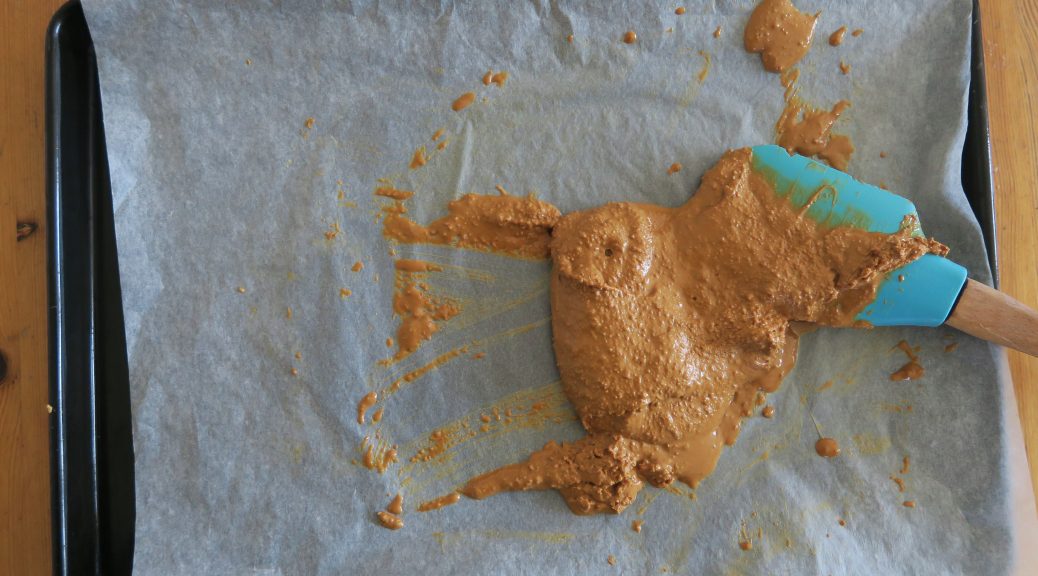
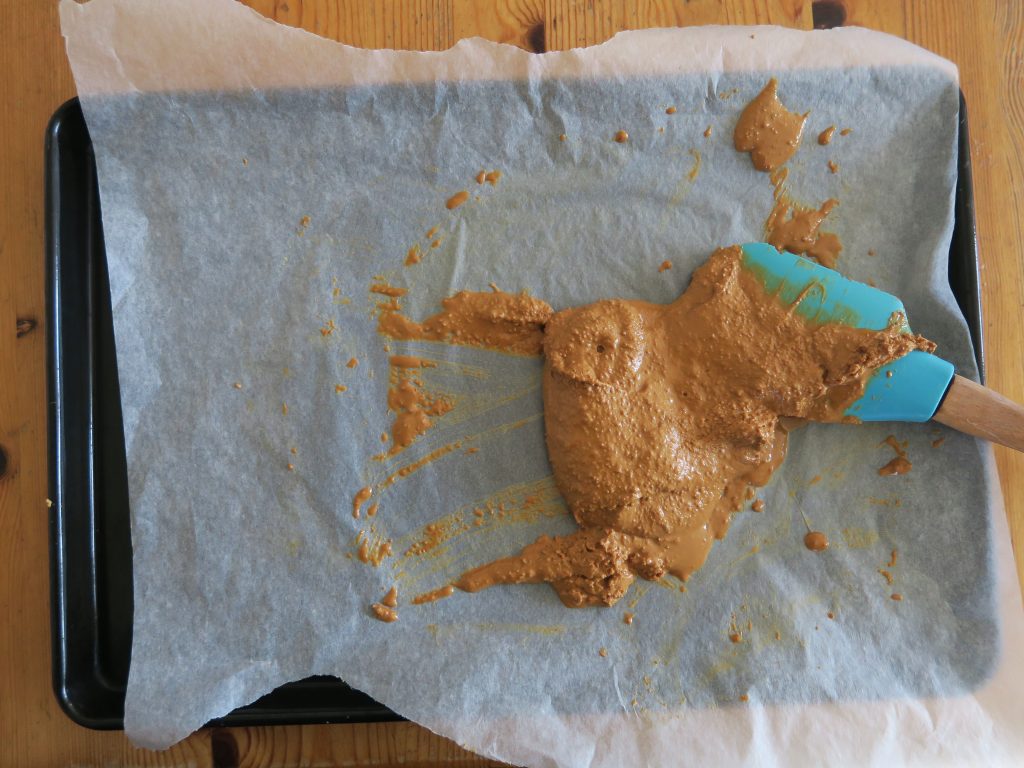
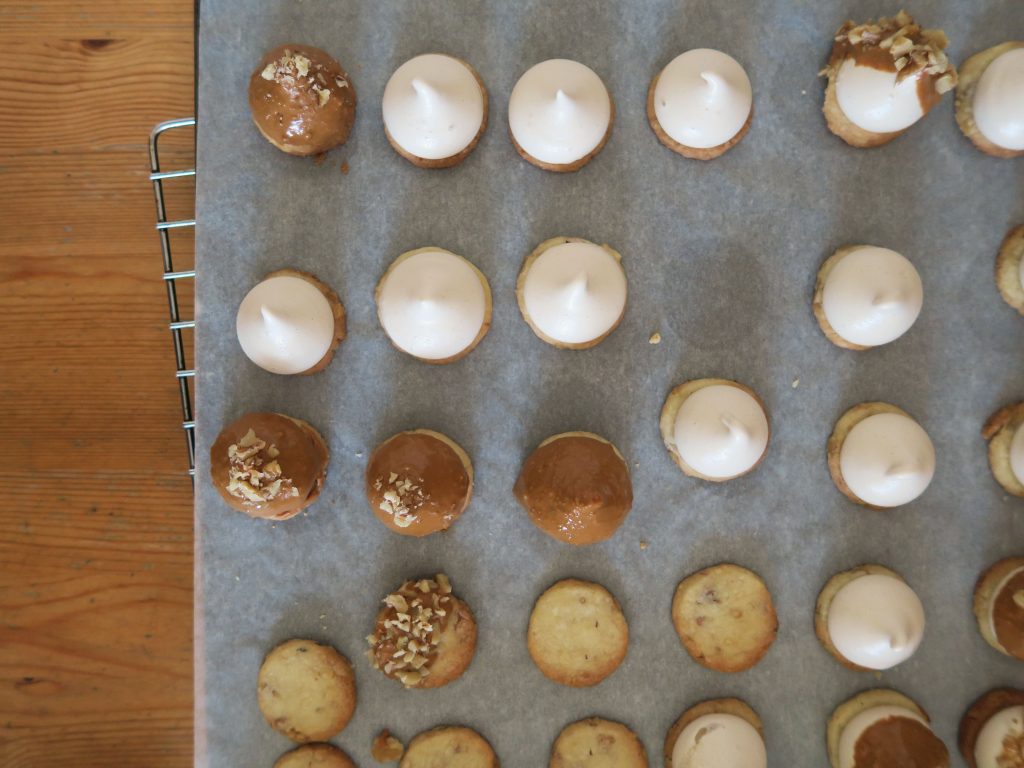
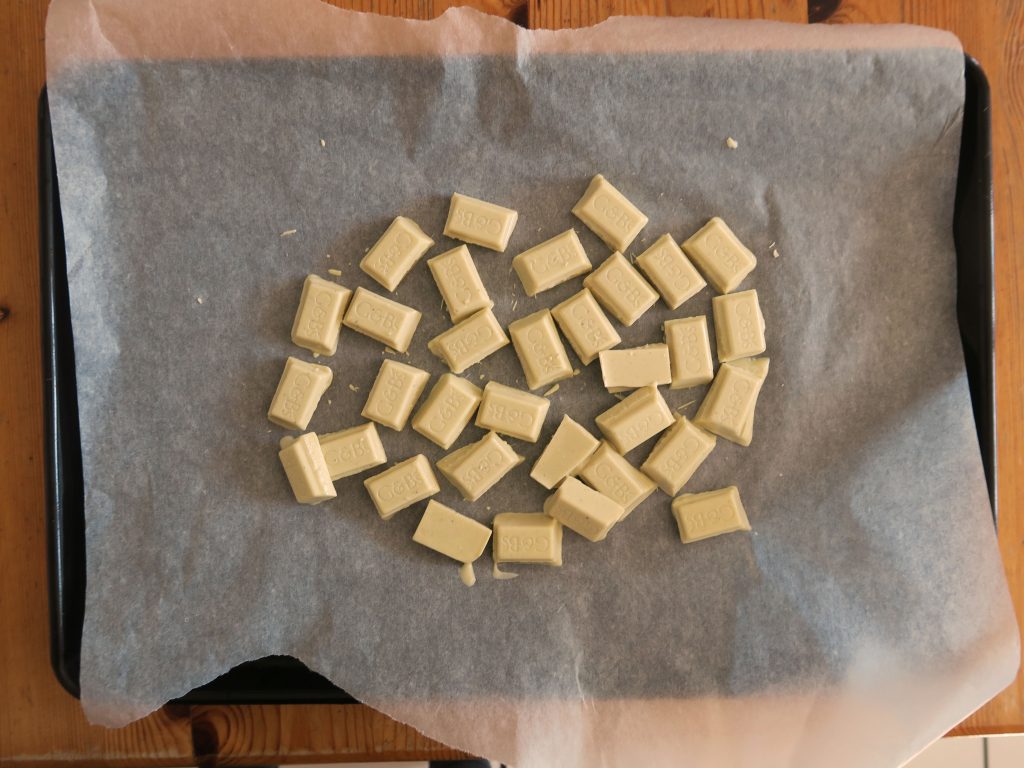
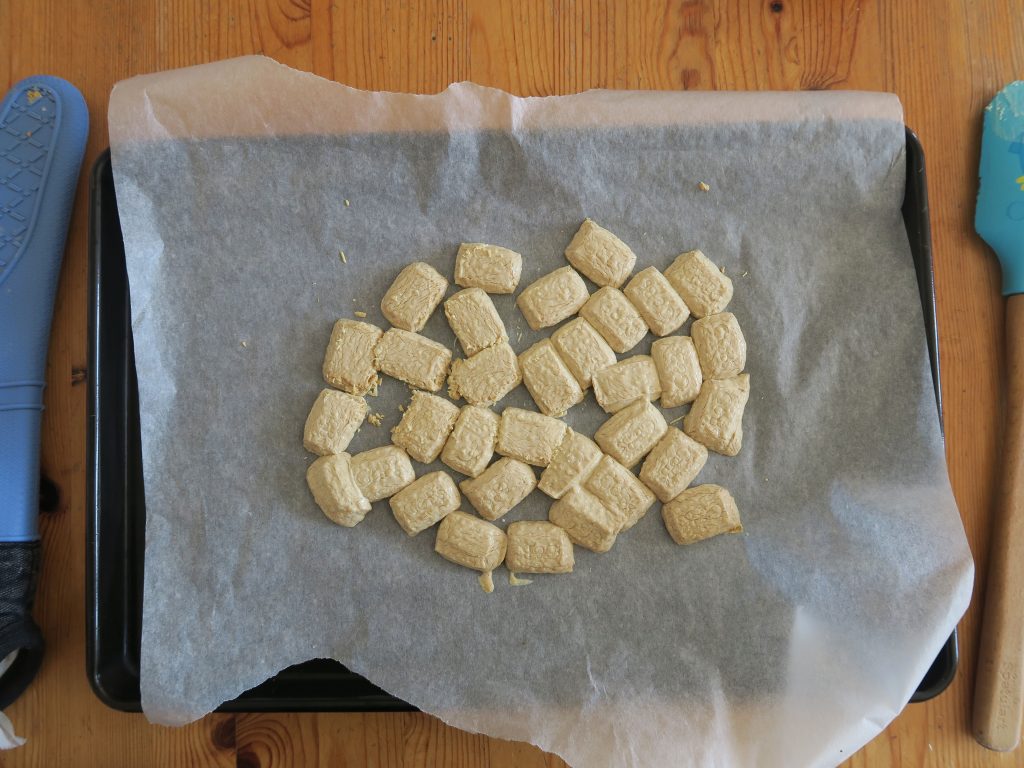
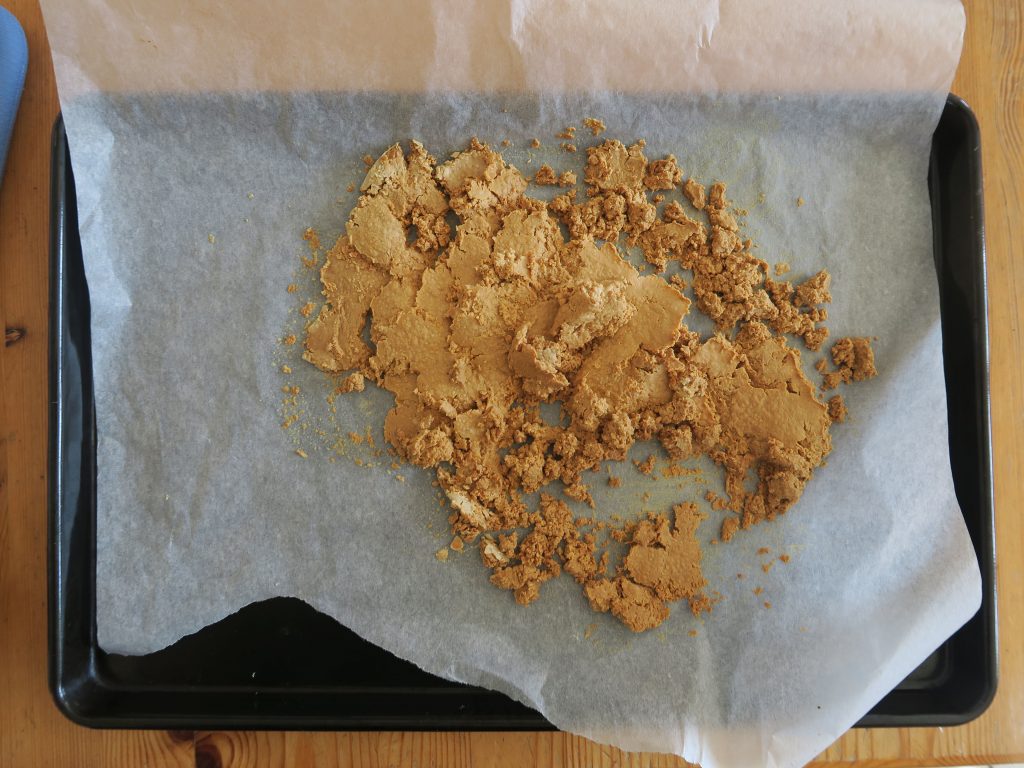
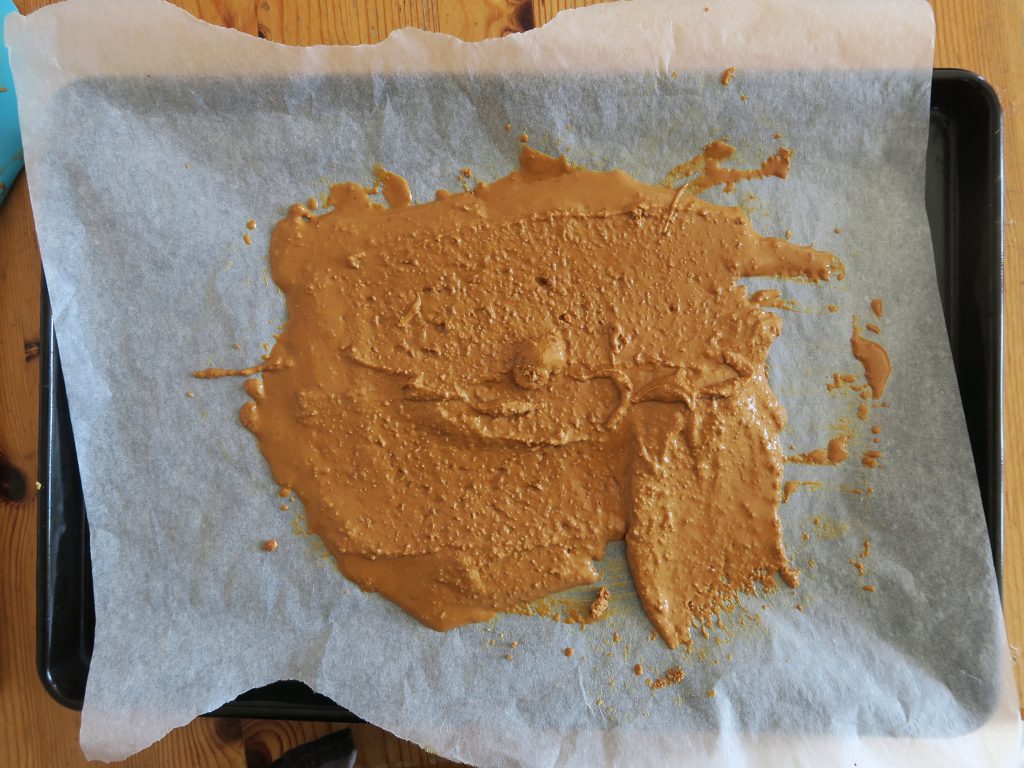
 (^30 minutes in the oven and ready to use)
(^30 minutes in the oven and ready to use)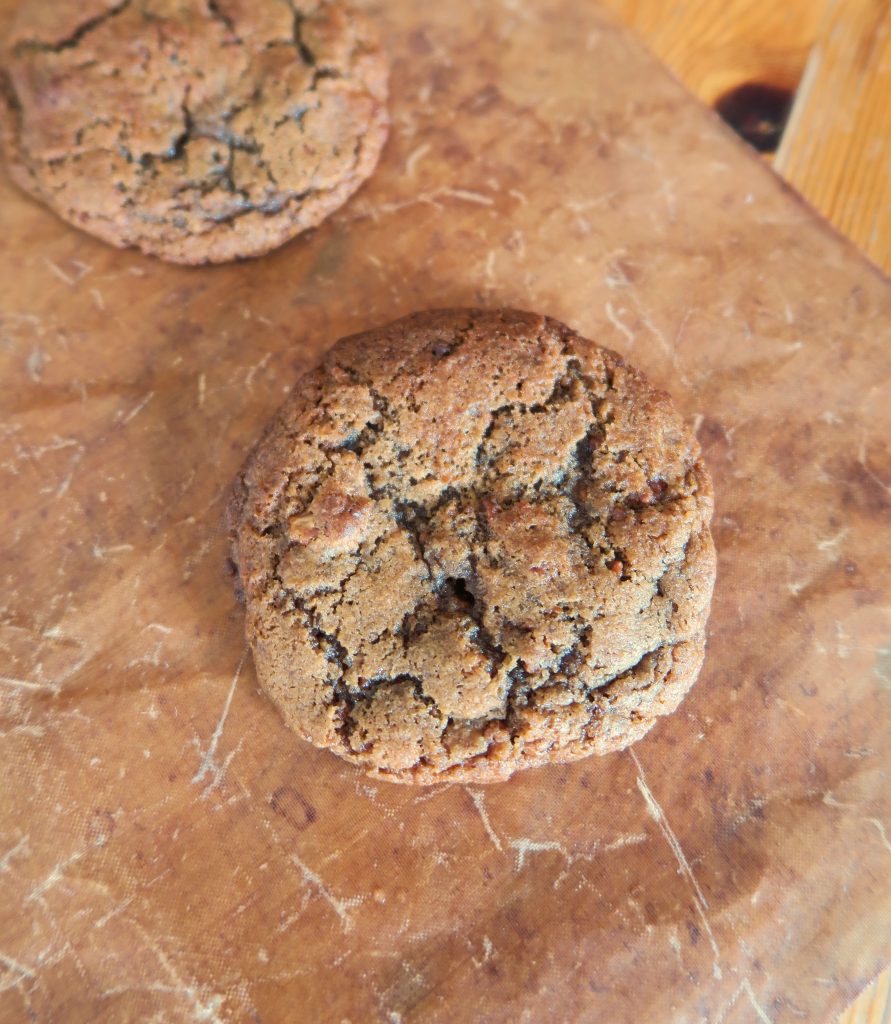
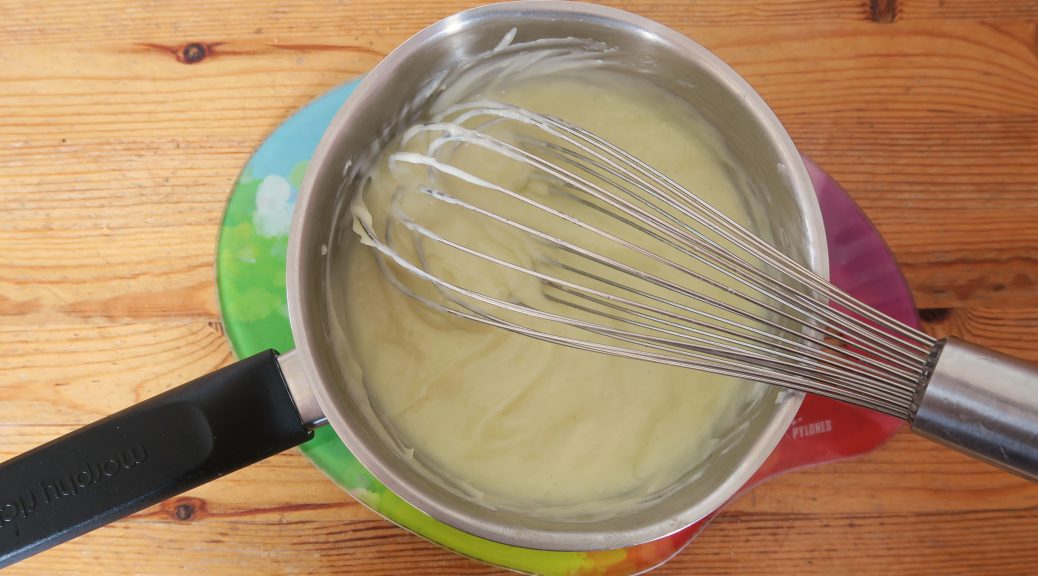
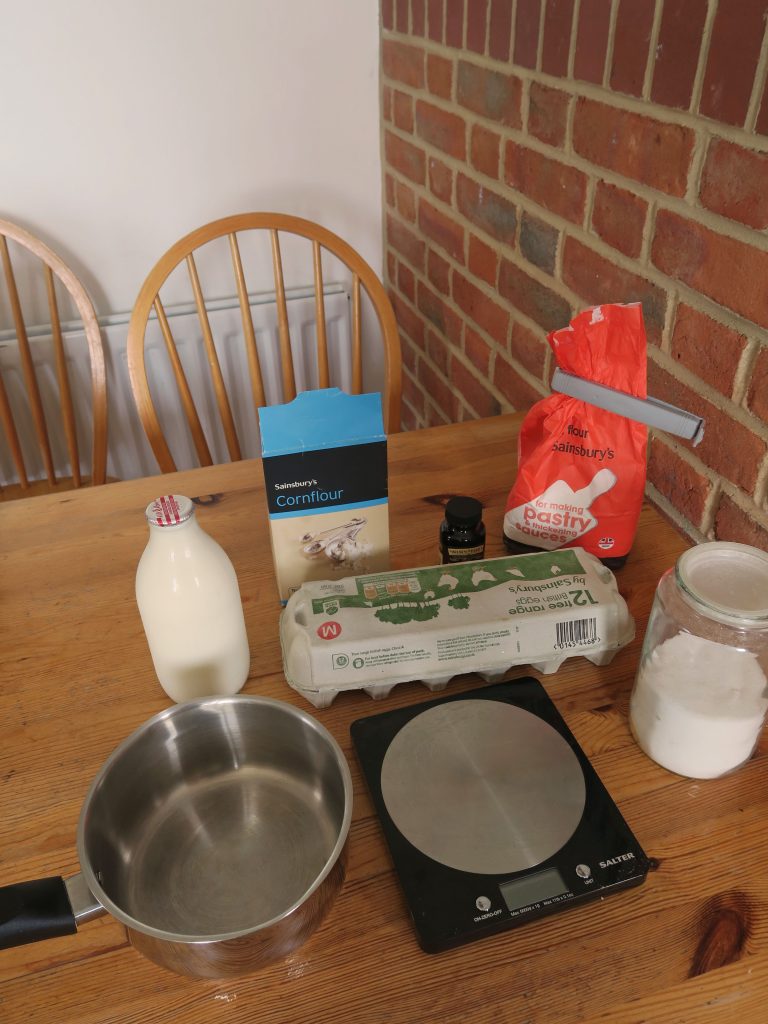
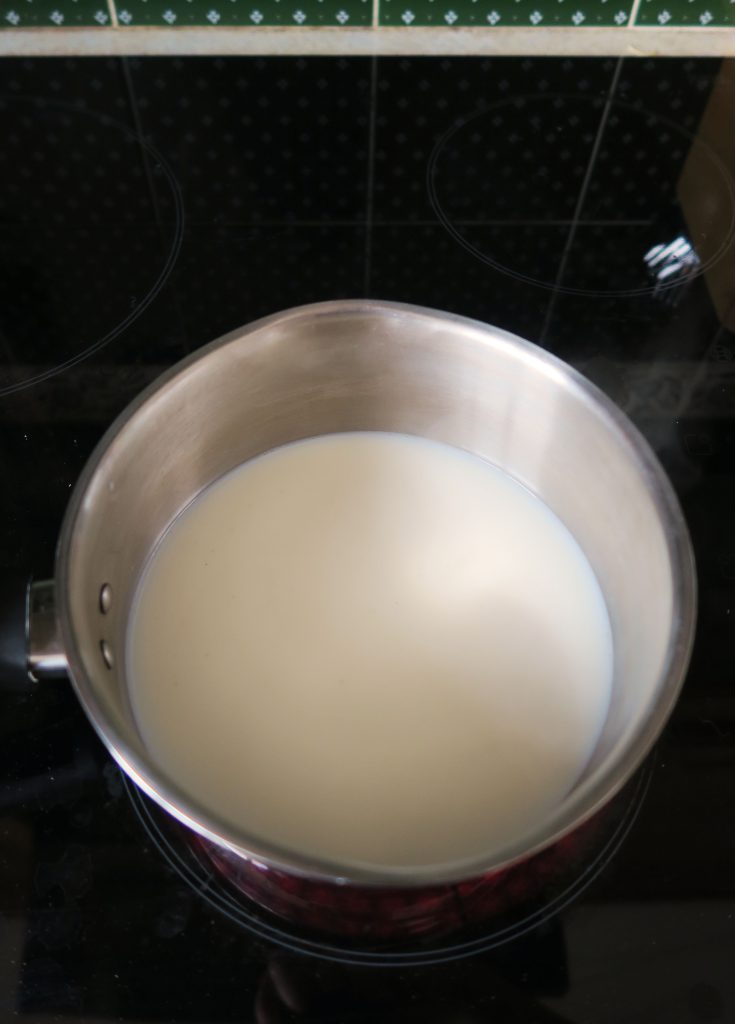 2. Separate the eggs by rocking the yolk between the two halves of the shell and letting the egg white drip into a bowl below. Put the egg yolks into a separate bowl.
2. Separate the eggs by rocking the yolk between the two halves of the shell and letting the egg white drip into a bowl below. Put the egg yolks into a separate bowl.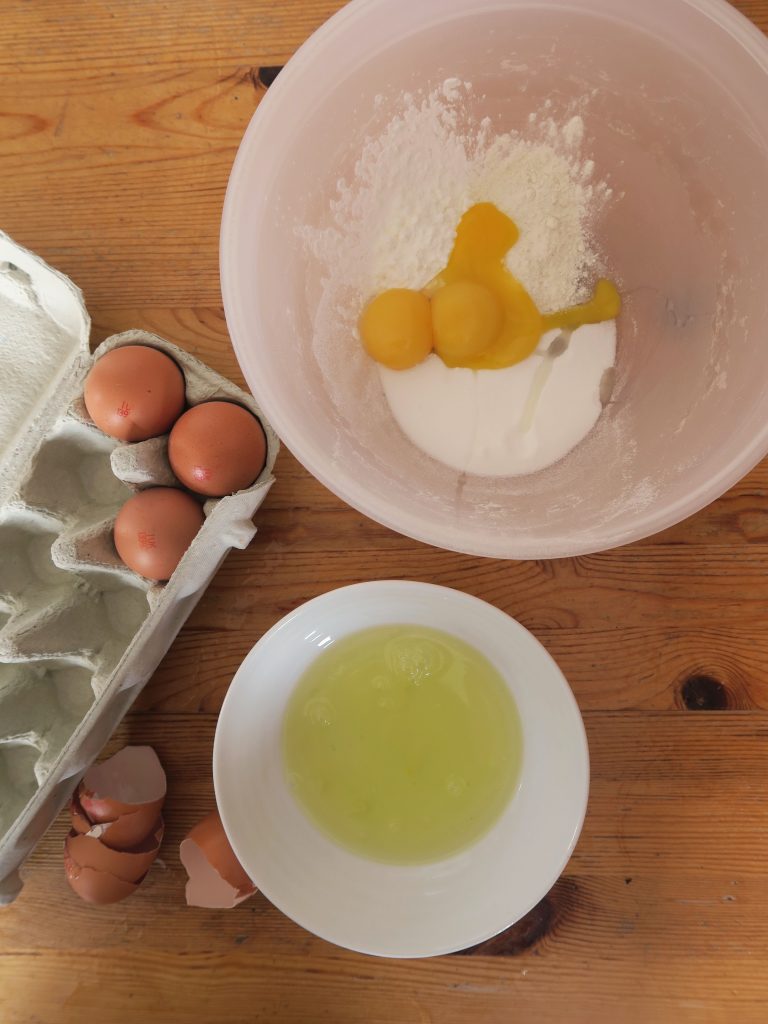 3. Add the sugar and two flours to the egg yolks and whisk together until fully combined.
3. Add the sugar and two flours to the egg yolks and whisk together until fully combined.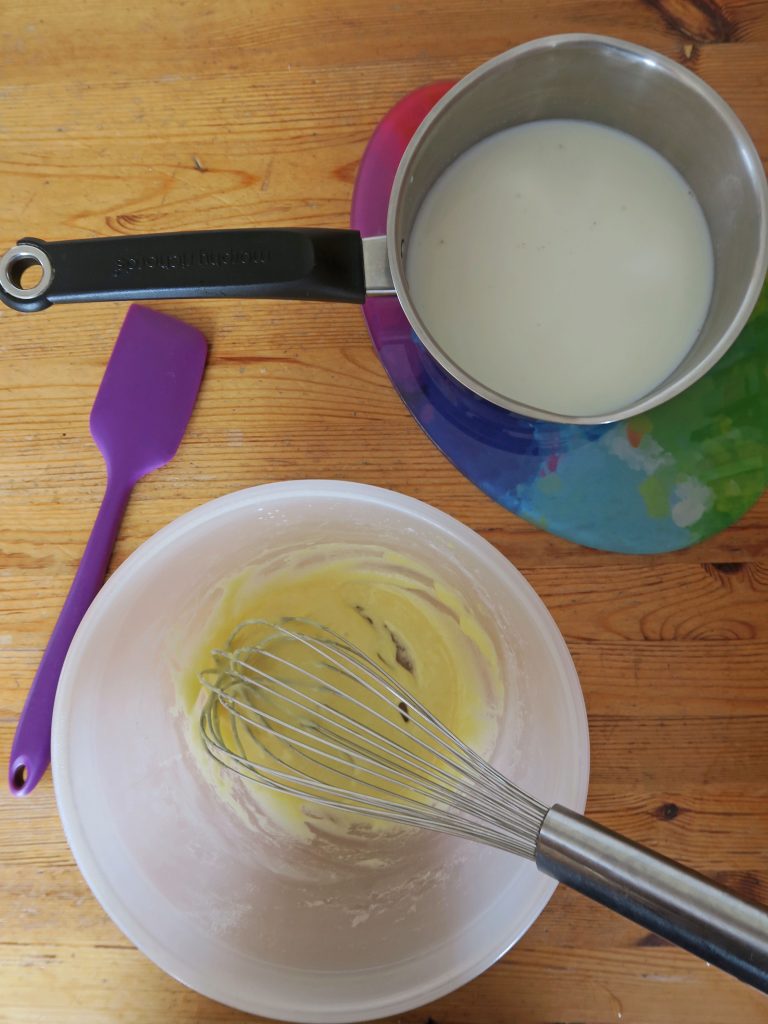 4. Once the milk is heated, remove the pan from the heat and mix around 1/3 of the milk into the egg mixture.
4. Once the milk is heated, remove the pan from the heat and mix around 1/3 of the milk into the egg mixture.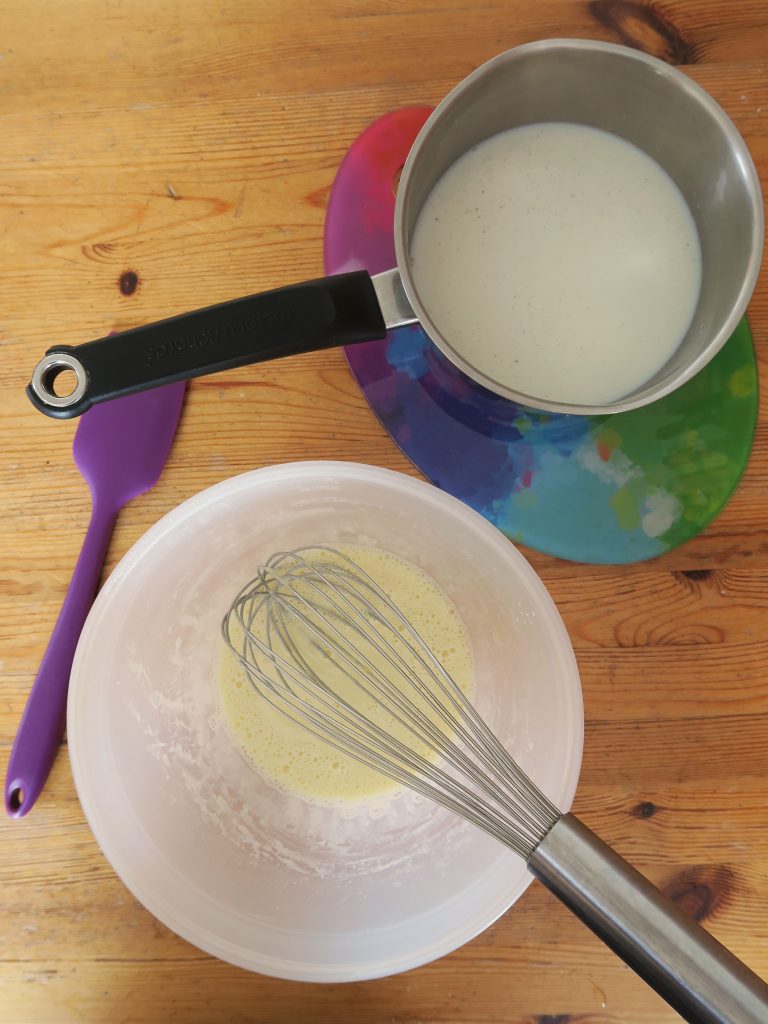 5. Whisk the mixture quickly and then pour the egg mixture back into the pan with the milk.
5. Whisk the mixture quickly and then pour the egg mixture back into the pan with the milk.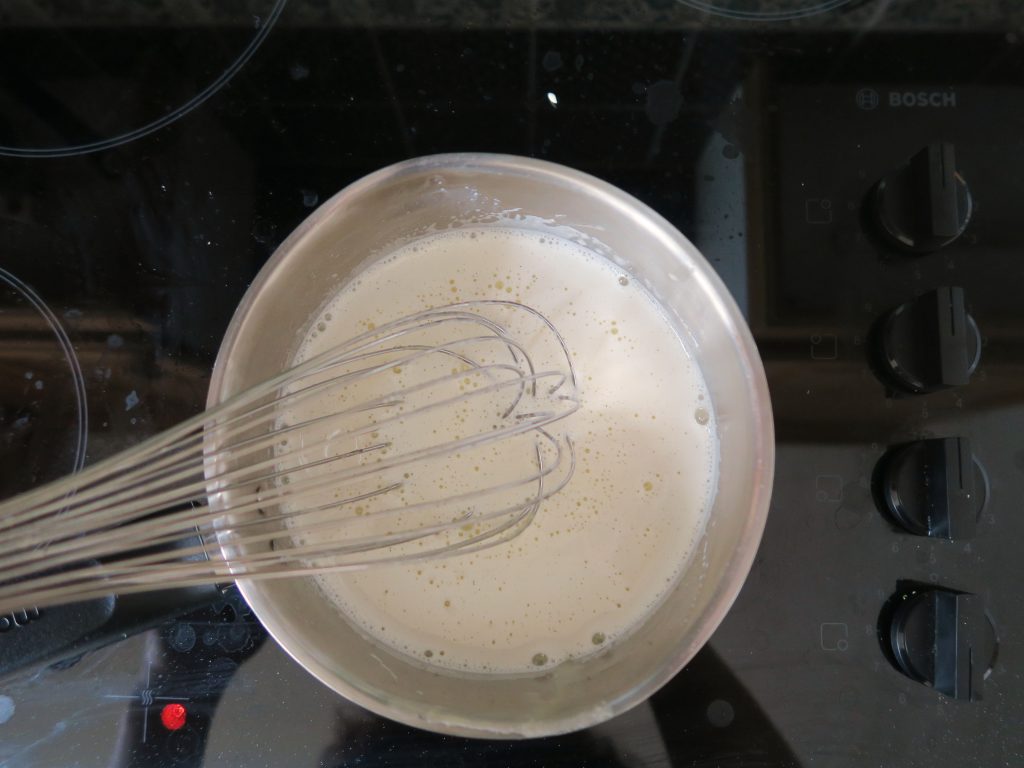 6. Put the pan back over a medium-low heat and whisk until the mixture thickens.
6. Put the pan back over a medium-low heat and whisk until the mixture thickens.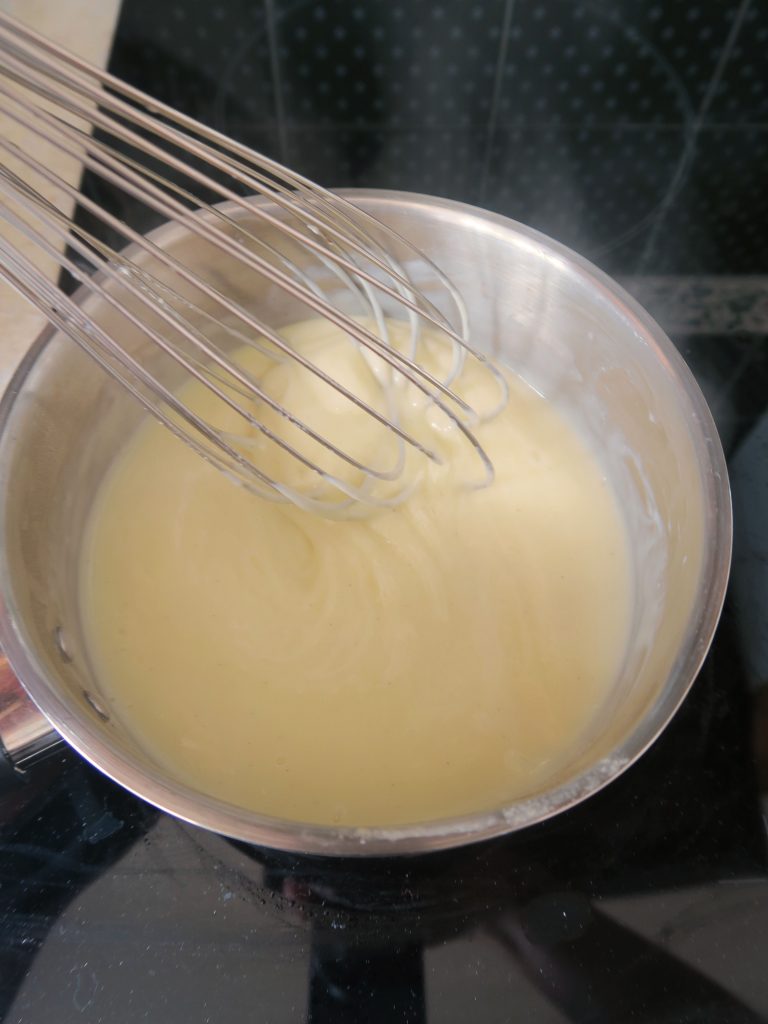 7. Pour the creme patisserie into a jug and, if not using straight away, cover with cling-film to prevent a skin from forming.
7. Pour the creme patisserie into a jug and, if not using straight away, cover with cling-film to prevent a skin from forming.